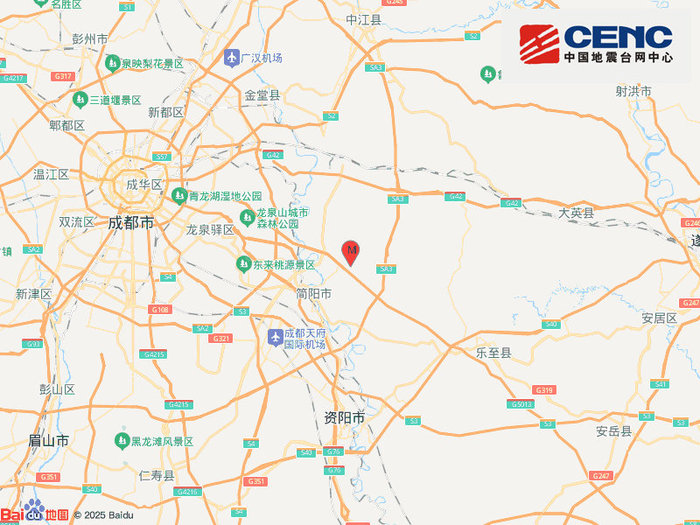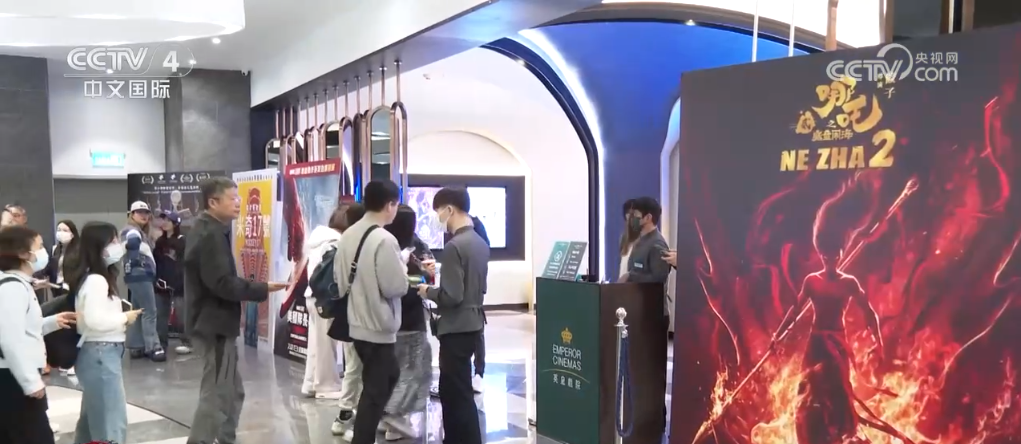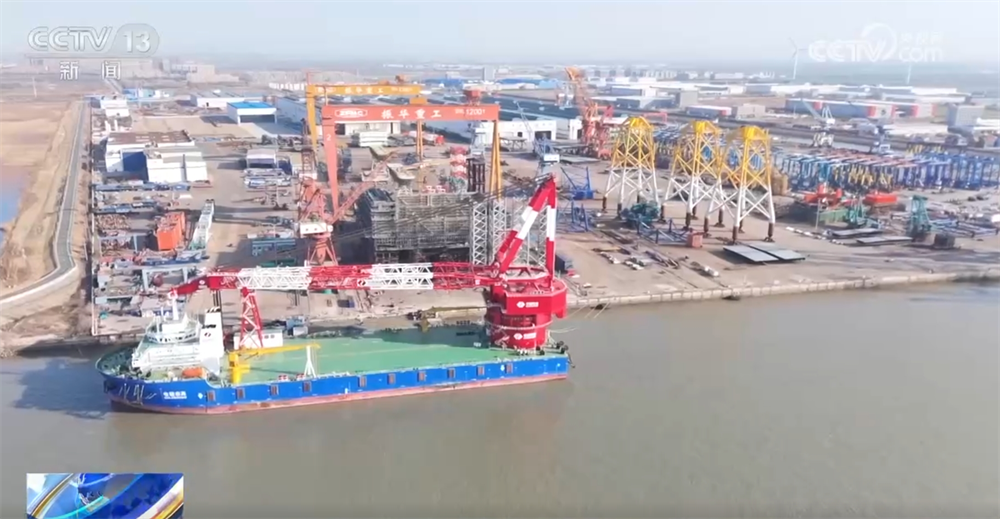From January 1 to February 20, 2025, the Yangtze River Delta Railway launched a total of 352 China-Europe (Central Asia) trains. Among them, 208 Central Asia trains were shipped, with 21,000 TEUs, an increase of 15.6% and 16% year-on-year respectively. Commodity vehicles, auto parts, daily chemical products and other goods were continuously transported to countries along the train through the China-Europe (Central Asia) train, making new contributions to the development of global economic and trade.
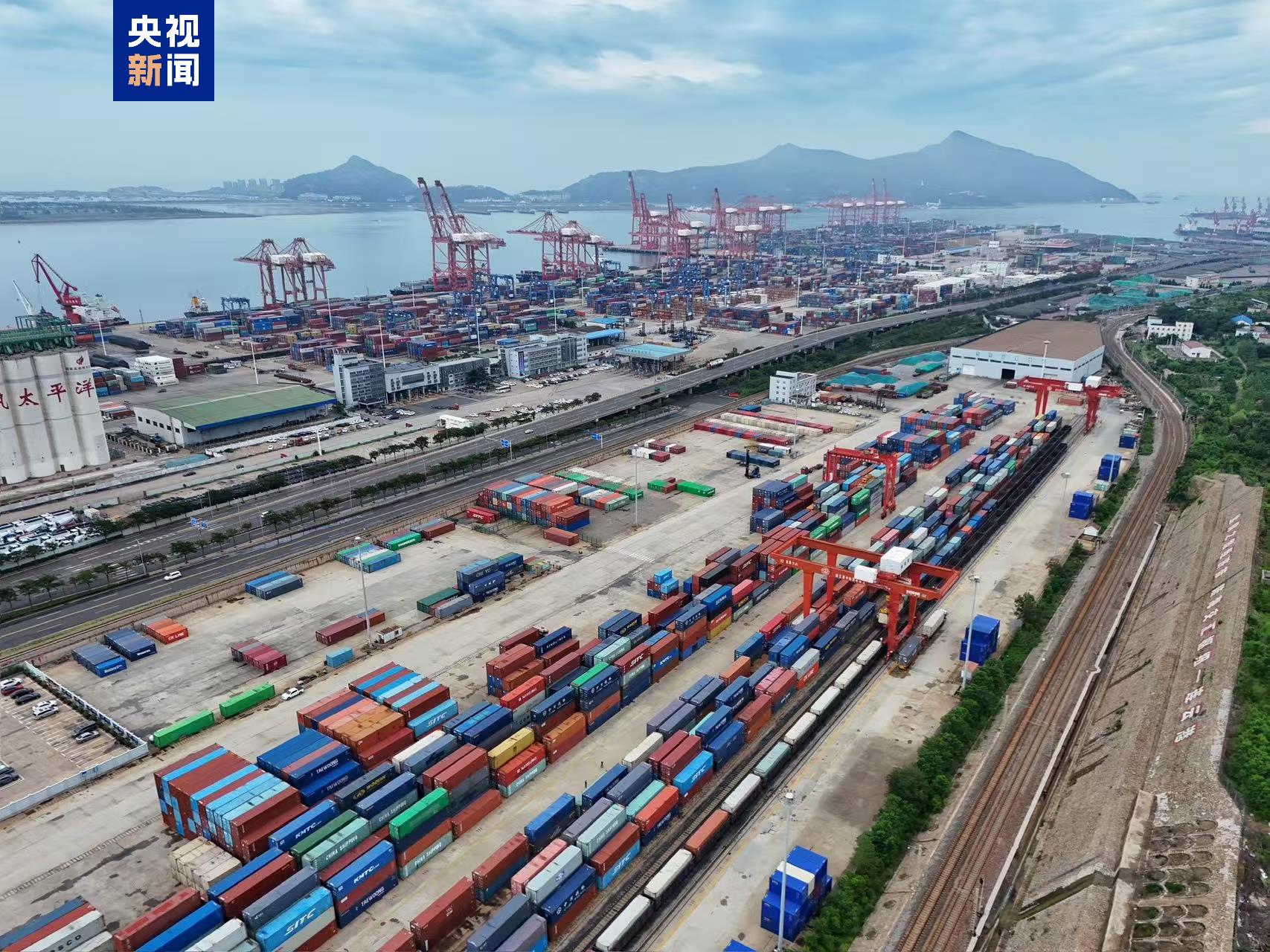
The operating lines have increased to 14, reaching 36 countries. Since the first China-Europe (Central Asia) train (Suzhou-Warsaw) was launched on September 29, 2013, after more than ten years of market cultivation, the operation routes of the China-Europe (Central Asia) train in the Yangtze River Delta have increased from 1 to 14 now, reaching 36 Eurasian countries. Among them, 25 countries in Europe include Russia, Belarus, Poland, Czech Republic, Germany, Spain, the United Kingdom, Latvia, Finland, Ukraine, and 11 countries in Asia include Kazakhstan, Uzbekistan, Turkmenistan, Tajikistan, Kyrgyzstan, Afghanistan, Iran, Azerbaijan, Vietnam, and Georgia.
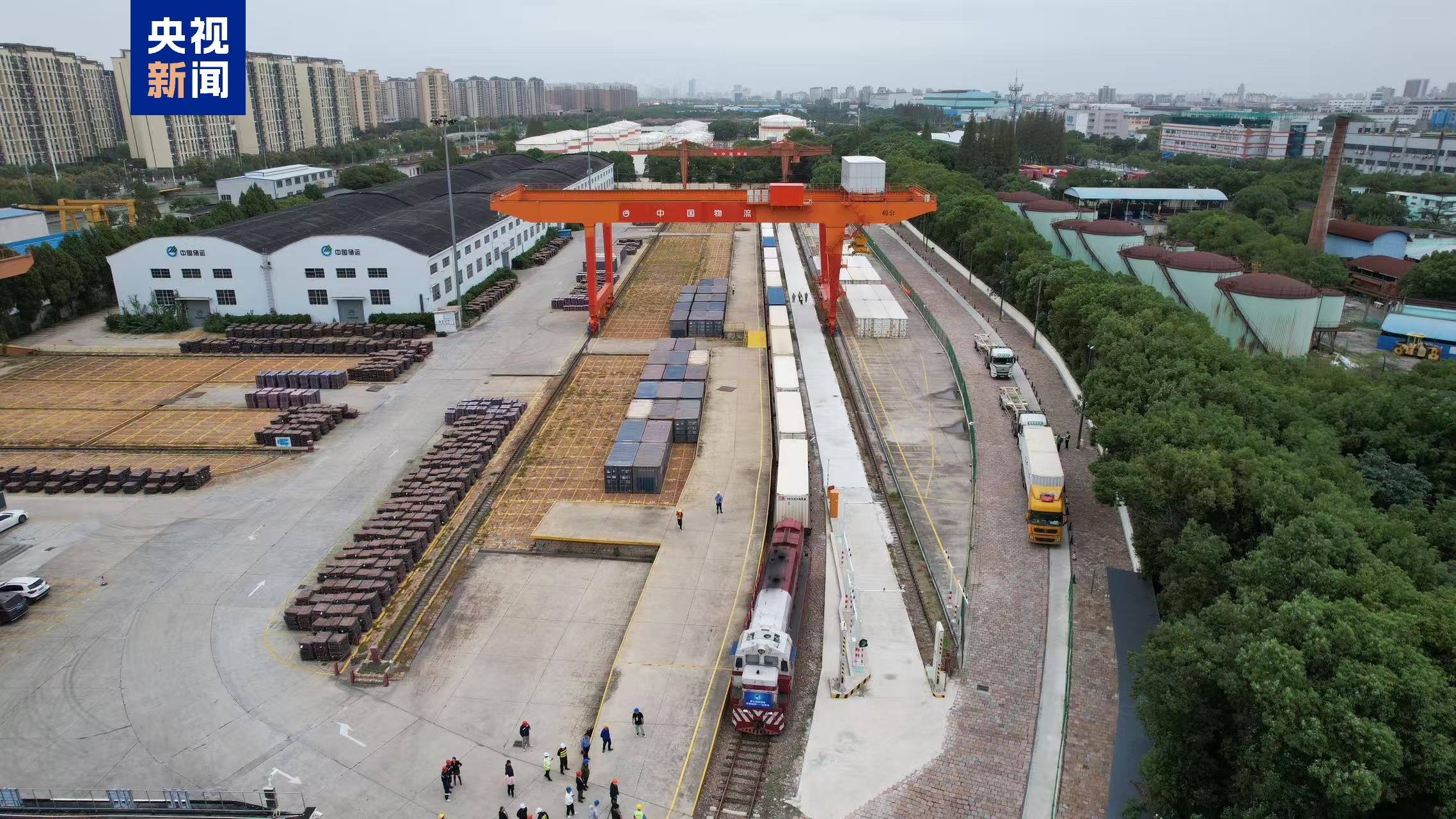
Promote the mutually beneficial sharing of goods in countries jointly built by the "Belt and Road". Since the first China-Europe (Central Asia) train in the Yangtze River Delta was launched in 2013 to the end of 2024, the Yangtze River Delta Railway has launched a total of 19,897 China-Europe trains, including 8,841 trains in the European direction and 11,056 trains in the Asian direction. In 2024, the Yangtze River Delta launched a total of 4,647 China-Europe (Central Asia) trains, shipped 480,000 standard boxes, and the number of standard boxes shipped increased by 10.4% year-on-year. While organizing the outbound train, Shanghai Railway Group and China Railway Container Company Shanghai Branch work together with relevant local governments, units and departments to organize the return train to launch, and high-quality goods such as food, clothing, cosmetics, wood, and mineral products from Eurasian countries have entered the country. The China-Europe (Central Asia) train not only promotes the free circulation of commodity trade, but also drives industrial development and economic growth in countries and regions along the route.
The cost-effectiveness advantages are outstanding, and the categories of goods shipped are becoming increasingly rich. As of the end of 2024, the Yangtze River Delta Central Europe (Central Asia) freight train will arrive in Astana, Kazakhstan in the fastest 9 days and in Hamburg, Germany in the fastest 15 days. The transportation time will be about 1/3 of the sea freight; about 1/5 of the air freight price. In addition to the cost-effectiveness advantages, the import and export goods carried by the train are becoming increasingly rich. In addition to the previous small commodities and electronic products, the proportion of textiles, automobiles and accessories, mechanical equipment, furniture, etc. is becoming increasingly large.
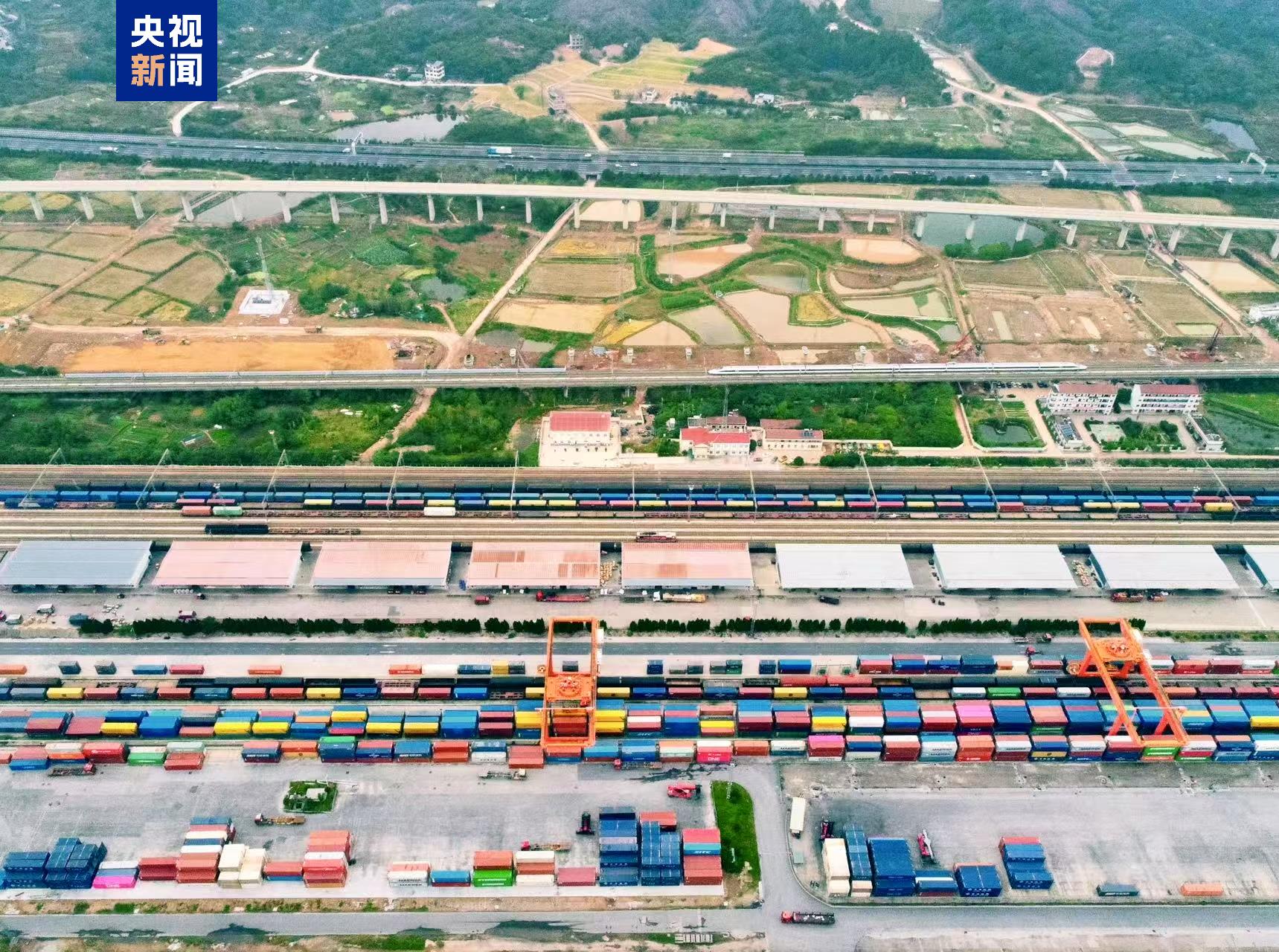
At present, the Yangtze River Delta region has formed the characteristics of outbound goods from Yiwu to relevant countries in Europe, with small commodities as the main source of goods; Suzhou to Hamburg, Germany, and Warsaw, Poland, with electronic products and electrical appliances as the main source of goods; Hefei to Hamburg, Germany, with white household appliances and mechanical products as the main source of goods. The loading cities of the Central Europe (Central Asia) train in the Yangtze River Delta are Lianyungang, Yiwu, Nanjing, Xuzhou, Suzhou, Hefei, Jinhua, etc. The main sources of goods are exported goods such as production and daily necessities that arrive in the five Central Asian countries, and transit goods such as electronics, electrical appliances, automobiles and accessories products.
Uzbekistan's imported cotton yarn, which took the return train, continuously entered the textile production lines in Jiangsu, Zhejiang, Fujian and other places; imported Russian pulp solved the problem of insufficient environmentally friendly raw materials for the papermaking industry in Anhui, Henan and other places; electrolytic copper in Uzbekistan and Kazakhstan has become an indispensable raw material for electronic component manufacturers in Shanghai, Zhejiang and other places.
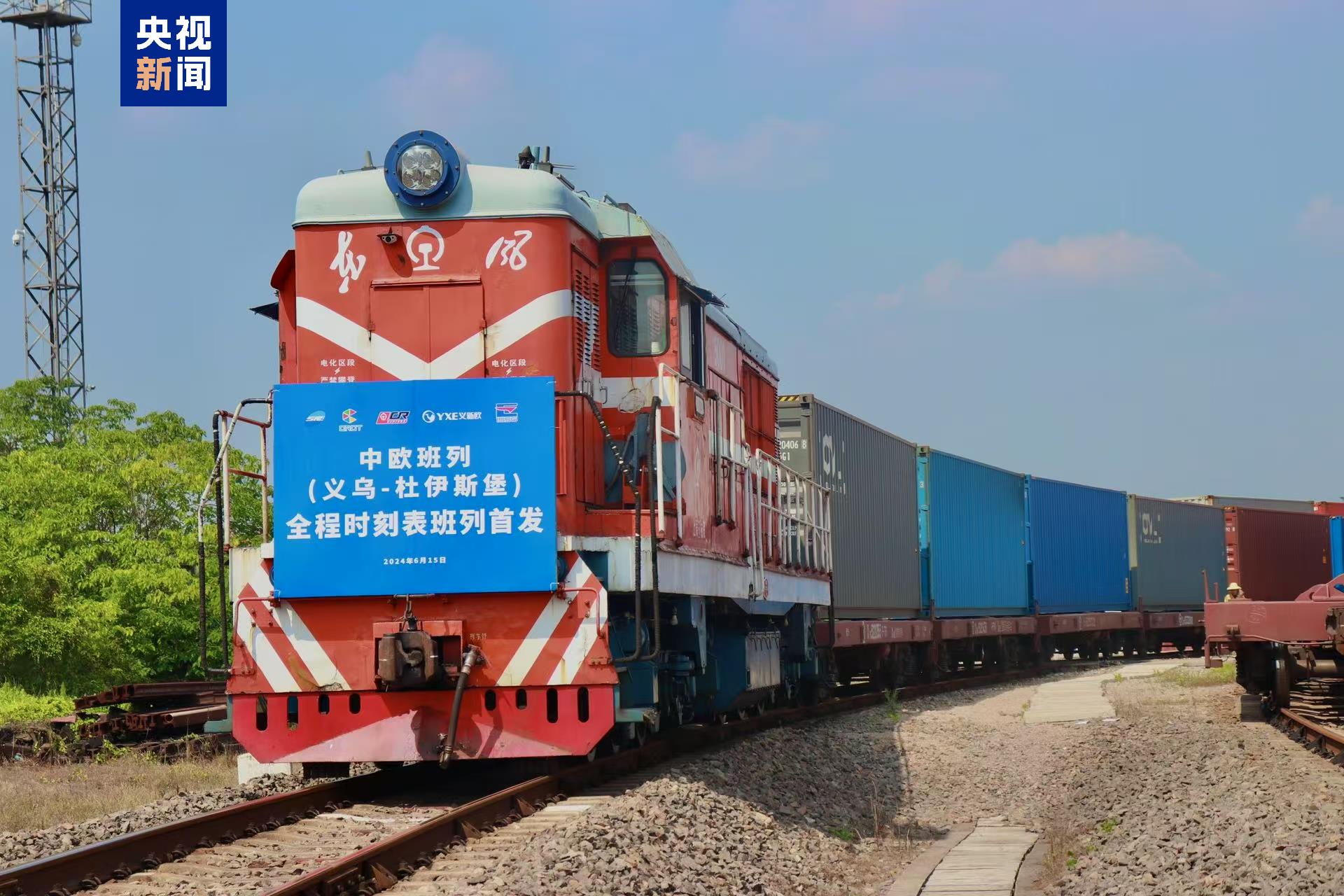
Breaking out of the Yiwu "commodity circle" in China and creating the Yiwu "circle of friends" in the world. In 2024, Yiwu Central Europe (Central Asia) freight trains were launched in total, with a total of 1,362 trains and 143,000 transport standards, an increase of 11.4% year-on-year. The number of trains and freight volume continued to grow for 11 consecutive years. Since the beginning of 2025, Yiwu's China-Europe (Central Asia) freight trains have also ushered in strong growth. As of February 20, 136 trains have been successfully launched and 14,514 TEUs have been transported.
From nothing to something, from something to many, the Yangtze River Delta Central Europe (Central Asia) freight train has opened up a safe, efficient and convenient international logistics channel for regional commodity trade due to its strong supply of goods, efficient and convenient supply clearance, and wide product radiation range. While helping "Made in China" continue to go abroad, batches of "steel camel fleets" have also brought opportunities to countries jointly building the "Belt and Road" to take the express train of China's development, and play an important role in promoting economic and trade exchanges between Central and European and Central Asian countries, serving the needs of enterprises and people from all countries.
(Reporter Li Xiao of the General Station)


